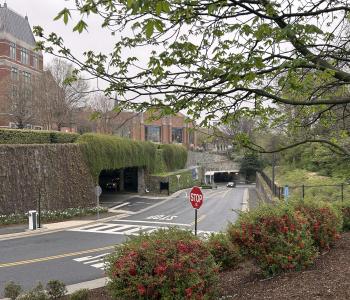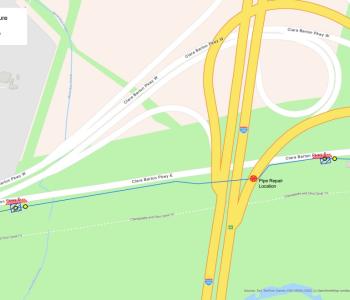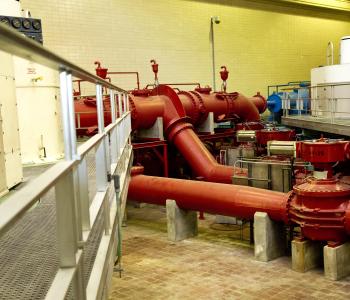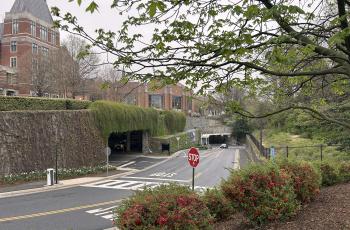Tests Shows Flushing Water 10 Minutes Reduces Lead 95 Percent
A "third draw" testing program – collecting a water sample after flushing water through internal pipes for 10 minutes – conducted last week in 96 homes served by lead service lines showed an average 95 percent reduction in elevated lead levels. The DC Water and Sewer Authority (WASA) conducted the tests in cooperation with customers who had lead readings of more than 300 parts per billion (ppb) in first or second draw samples taken in late 2003.
Test results showed 55 of the 96 samples had level levels below the U.S. Environmental Protection Agency’s (EPA) action level of 15 ppb. The median third draw reading (50th percentile) was 13 ppb; the lowest readings were non-detectable (3 of the 96 samples); and the highest reading was 65 ppb (one of 96 samples). The EPA action level is a statistical trigger value that is not designed to measure health risks, but if exceeded, requires a water system to perform additional treatment, public education and possibly lead service line replacement.
First draw samples are collected by customers from faucets as soon as they are turned on after nonuse for six or more hours. Second draw samples are collected when there is a noticeable change in the temperature of the cold water faucet.
"This information confirms that a 10-minute flush after water stands for several hours or more in lead pipes or plumbing systems that contain lead substantially reduces water lead levels," said Michael Marcotte, WASA deputy general manager and chief engineer.
Residents with lead service lines should draw cold water for drinking or cooking after a high water use activity in the home such as bathing or washing clothes so that a total of at least 10 minutes of flushing has occurred. The kitchen tap should then be flushed for 60 seconds before collecting water for drinking and cooking.








